Menopause before the age of 45 (known as early menopause) is associated with an increased risk of an array of serious diseases, including cardiovascular disease and osteoporosis. A new study suggests that it may also force women out…
Author: admin
-
Ex-senator Mushtaq departs for Pakistan – Dawn
- Ex-senator Mushtaq departs for Pakistan Dawn
- Pakistan engaged with global partners to repatriate its citizens held by Israel: FO Dunya News
- Ex-senator Mushtaq’s safe return likely in next few days: FO The Express Tribune
- Tortured but unbroken:…
Continue Reading
-
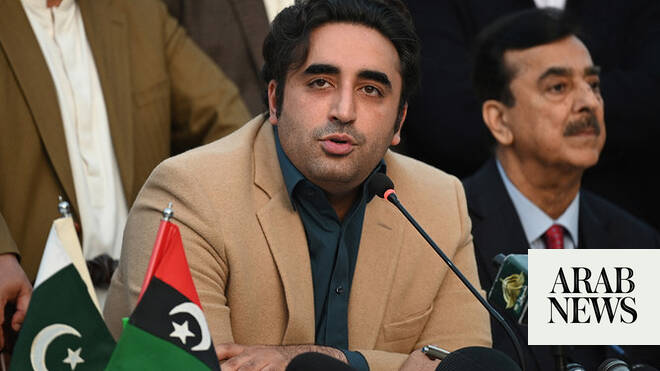
Bhutto-Zardari summons key party meeting as tensions deepen within Pakistan’s ruling coalition
ISLAMABAD: Pakistan’s ruling coalition faced fresh strain on Wednesday after former foreign minister Bilawal Bhutto-Zardari summoned a high-level meeting of his party to decide its stance amid an escalating rift with Prime Minister Shehbaz…
Continue Reading
-
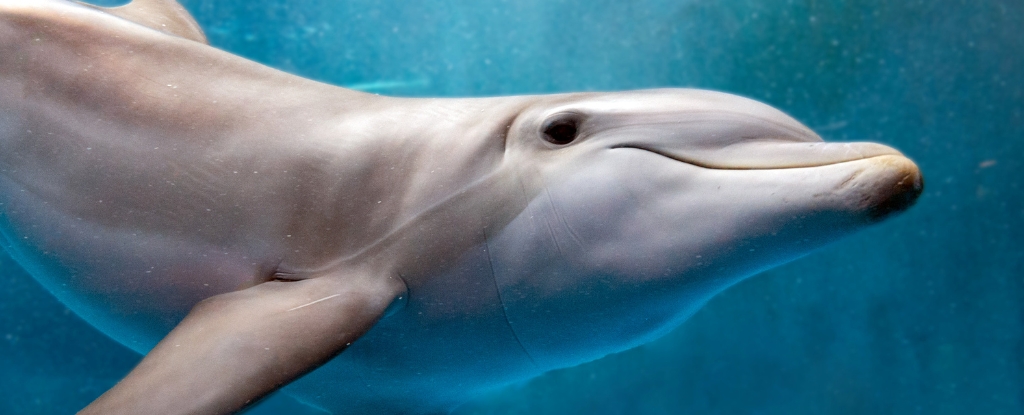
Brains of Stranded Dolphins Showed Signs of Alzheimer’s Disease : ScienceAlert
Might brain damage linked to Alzheimer’s be one of the reasons dolphins lose their way and end up stranded? It’s a possibility explored in a new study of 20 common bottlenose dolphins (Tursiops truncatus) stranded in the Indian River Lagoon,…
Continue Reading
-
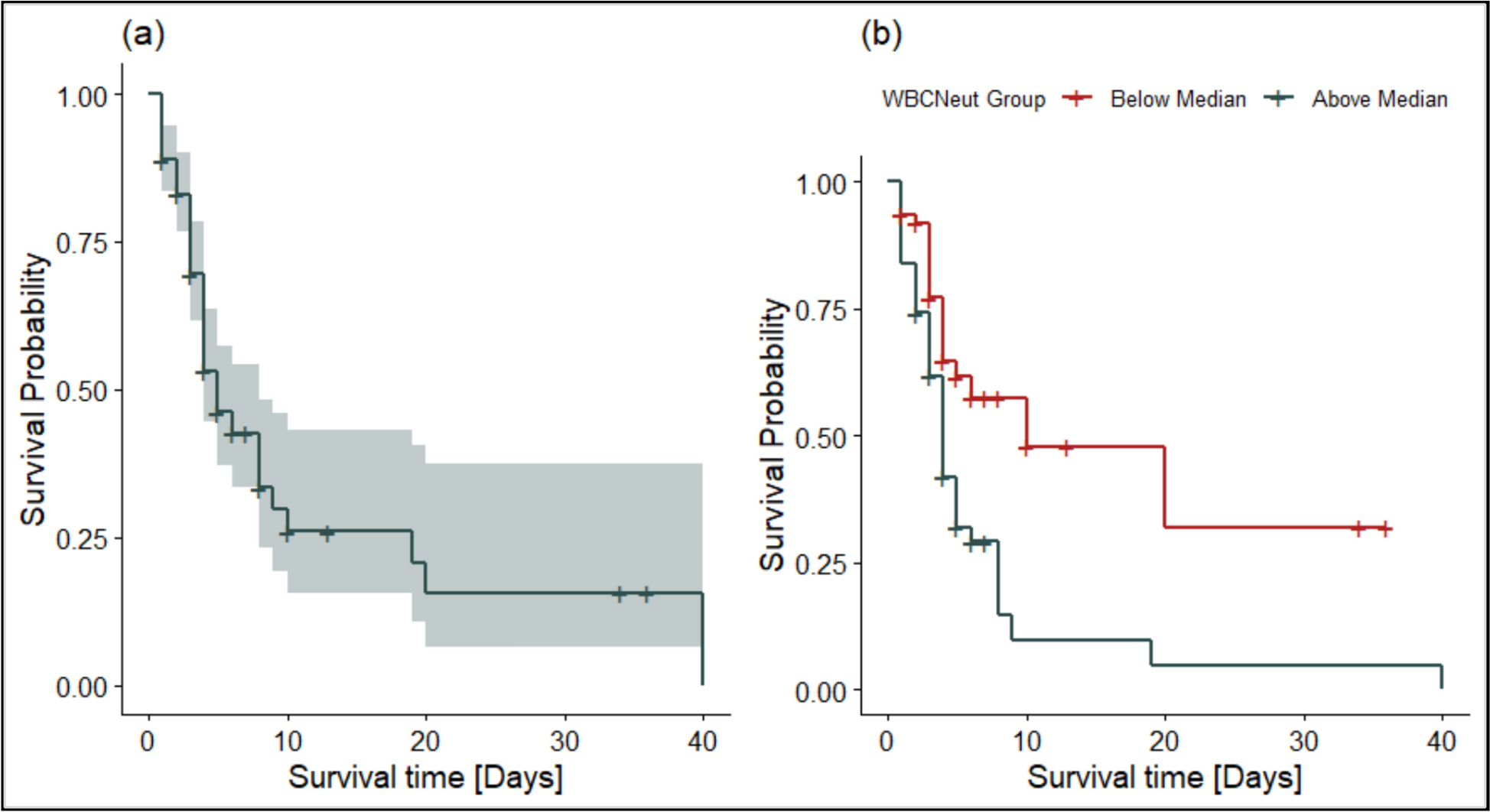
Prognostic value of low-cost white blood cell indices and procalcitonin for mortality in Rwandan sepsis patients: a prospective intensive care unit study | Tropical Medicine and Health
A total of 125 patients were followed up over 40 days. Of these, 56 (44.8%) were females and 67 (53.6%) were males. The proportion of deaths was marginally higher among males (56.7%) compared to females (50.0%), although this difference did not…
Continue Reading
-
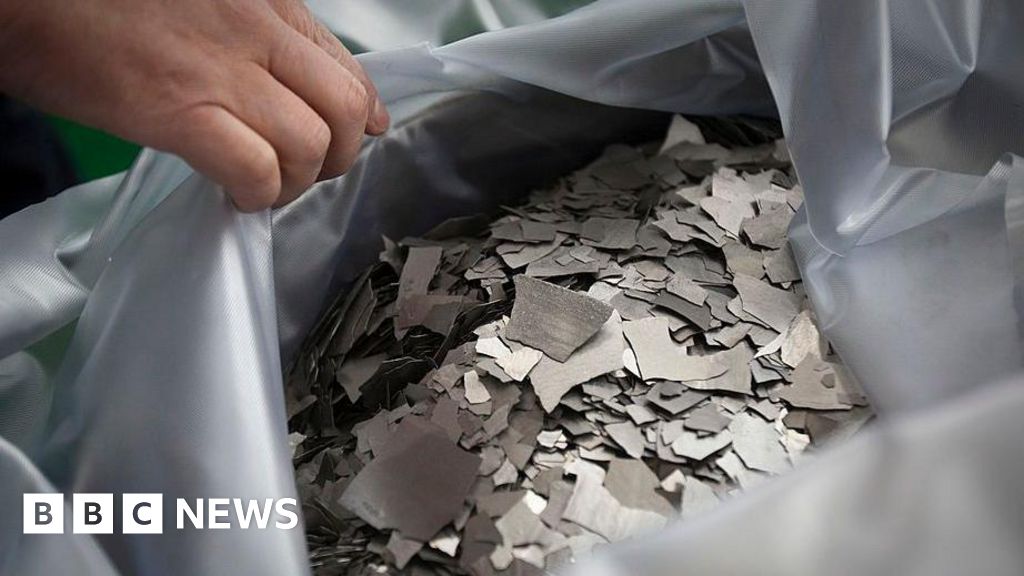
China tightens export rules for crucial rare earths
China has tightened its rules on the export of rare earths – the elements that are crucial to the manufacture of many high-tech products.
New regulations announced by the country’s Ministry of Commerce formalise existing rules on processing technology and unauthorised overseas cooperation.
China is also likely to block exports to foreign arms manufacturers and some semiconductor firms.
Rare earth exports are a key sticking point in the months-long negotiations between Beijing and Washington over trade and tariffs. The announcement comes as China’s President Xi Jinping and his US counterpart Donald Trump are expected to meet later this month.
Technology used to mine and process rare earths, or to make magnets from rare earths, can only be exported with permission from the government, the Ministry of Commerce said.
Many of these technologies are already restricted. China had added several rare earths and related material to its export control list in April, which caused a major shortage back then.
But the new announcement makes clear that licenses are unlikely to be issued to arms manufacturers and certain companies in the chip industry.
Chinese firms are also banned from working with foreign companies on rare earths without government permission.
China has been accused by the US and other Western countries of aiding Russia’s war on Ukraine by allowing dual technology exports – materials that can be used for either civilian or military purposes – to be sent to Moscow. Beijing has repeatedly denied this.
The latest announcement also clarifies the specific technologies and processes that are restricted.
These include mining, smelting and separation, magnetic material manufacturing, and recycling rare earths from other resources.
The assembly, debugging, maintenance, repair, and upgrading of production equipment are also prohibited from export without permission, the announcement added.
This could have an impact on the US, which has a significant rare earths mining industry but lacks processing facilities.
Rare earths are a group of 17 chemically similar elements that are crucial to the manufacture of many high-tech products.
Most are abundant in nature, but they are known as “rare” because it is very unusual to find them in a pure form, and they are very hazardous to extract.
Although you may not be familiar with the names of these rare earths – like neodymium, yttrium and europium – you will be very familiar with the products that they are used in.
For instance, neodymium is used to make the powerful magnets used in loudspeakers, computer hard drives, electric car motors and jet engines that enable them to be smaller and more efficient.
China has a near monopoly on extracting rare earths as well as on refining them – which is the process of separating them from other minerals.
The International Energy Agency (IEA) estimates that China accounts for about 61% of rare earth production and 92% of their processing.
Additional reporting by Ian Tang of BBC Monitoring.
Continue Reading
-

Many men receive frequent prostate cancer tests without symptoms
Current prostate specific antigen (PSA) testing “may not effectively target testing to those most likely to benefit, raising concerns about overtesting” warn researchers from the University of Oxford in a study of over 10 million…
Continue Reading
-
A long ‘journey’ for Nobel chemistry winner born to Palestinian refugees – The Washington Post
- A long ‘journey’ for Nobel chemistry winner born to Palestinian refugees The Washington Post
- What to Know About the 2025 Nobel Prizes The New York Times
- What is the Nobel Peace Prize and could Donald Trump get it? What to know about the…
Continue Reading
-
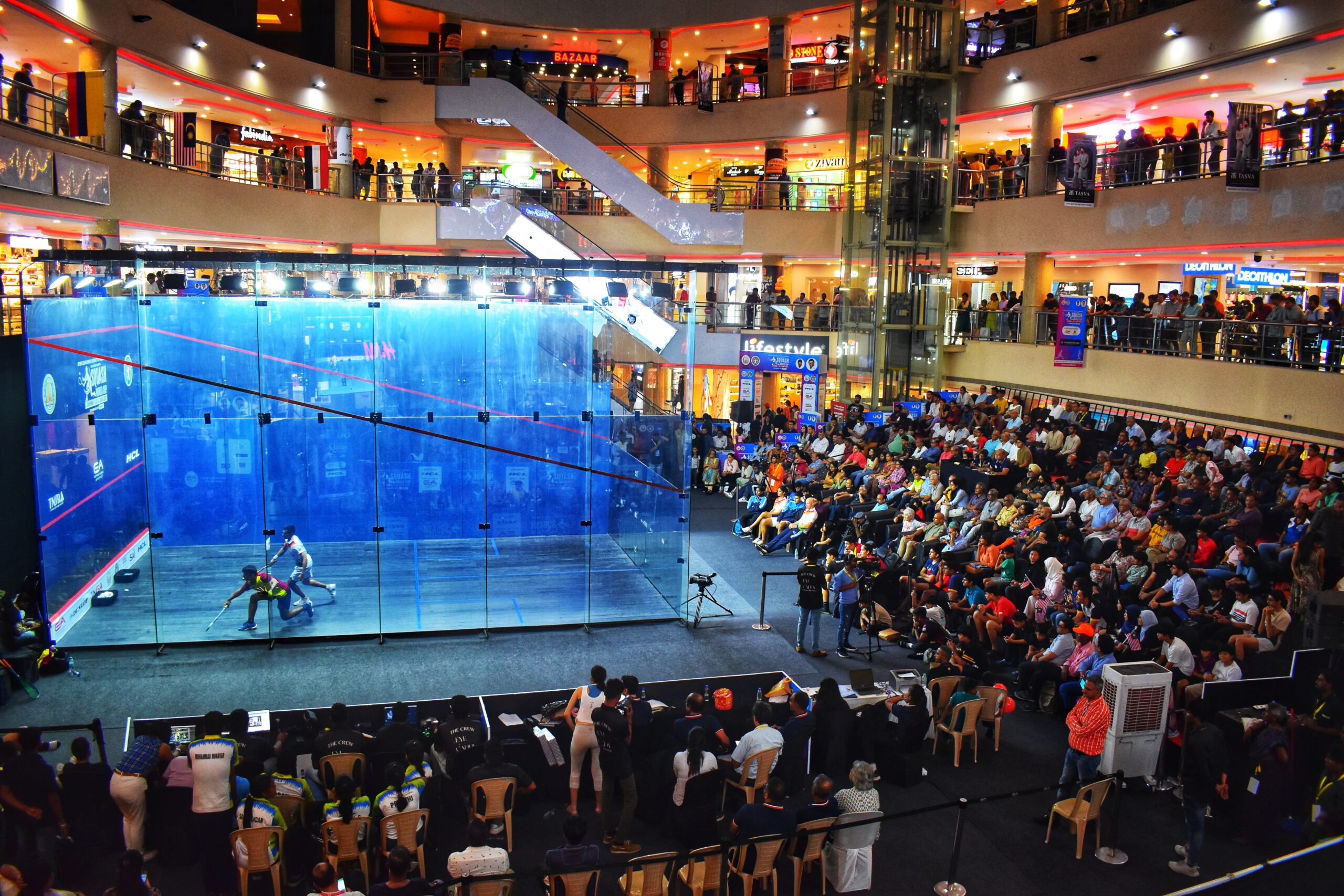
Two months to go until the 2025 SDAT Squash World Cup
It is two months until the SDAT Squash World Cup will return to Chennai, India, this year with the Squash Rackets Federation of India (SRFI) set to host the championships from December 9-14.
The returning tournament in Chennai will follow…
Continue Reading
-
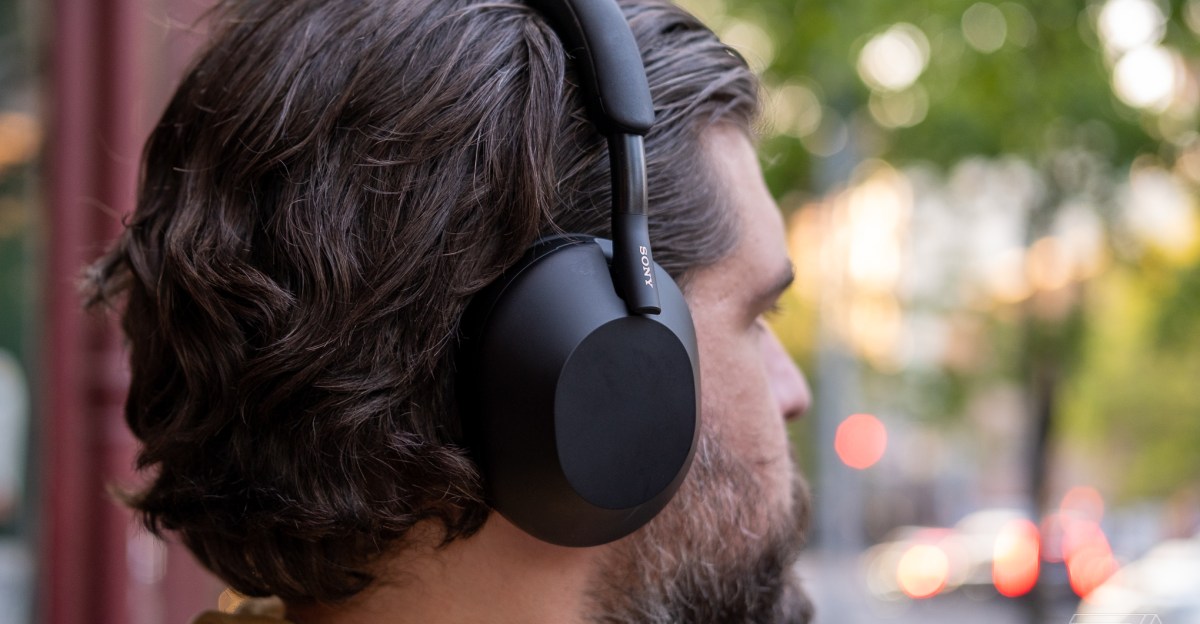
Sony’s noise-canceling XM5 headphones are a Prime Day steal at $150 off
While the WH-1000XM6 are the top dog in Sony’s lineup, the discount for Prime Big Deal Days is relatively modest at just $21 off. If you don’t need the latest tech, though, you can save a lot more by grabbing the last-gen WH-1000XM5 in black,…
Continue Reading
